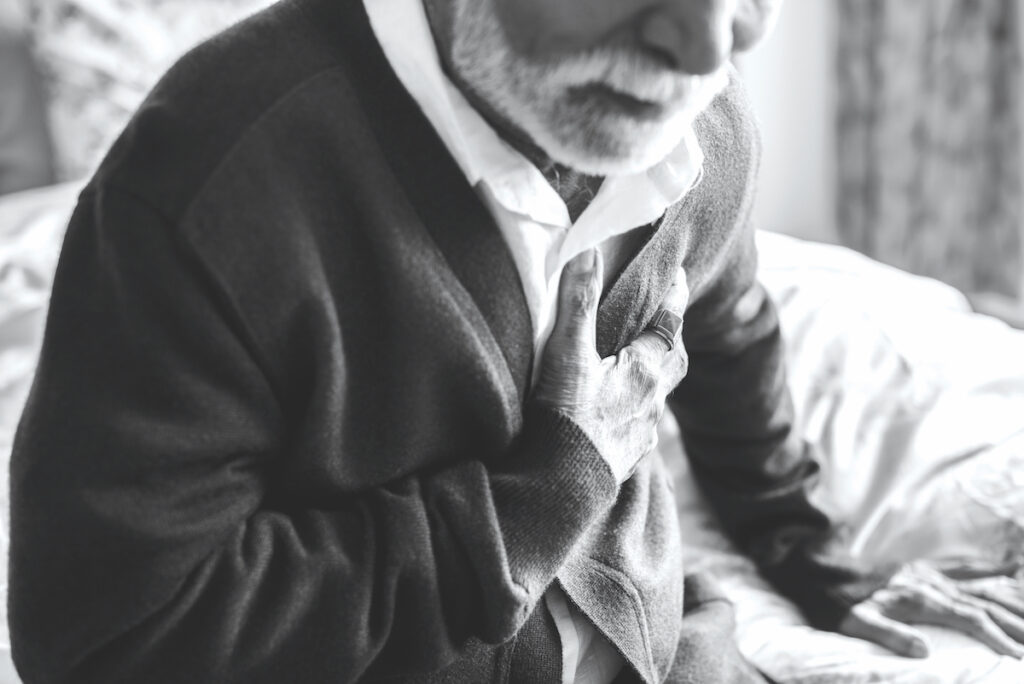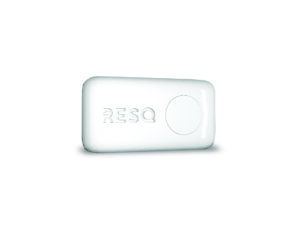
Jeff Kim, a master’s student in electrical and computer engineering, wants to improve the survival rates of people who experience a cardiac arrest while alone.
This started for Kim in 2016, when his uncle had a sudden and fatal heart attack while alone in his apartment. A couple of years later, Kim’s grandmother also had a sudden cardiac arrest but was in a public location, where onlookers alerted first responders. She made a full recovery.
The contrast in outcomes stuck with Kim, especially after he learned that in the United States alone, there are more than 356,000 out-of-hospital cardiac arrests per year, 90% of which are fatal. He decided to tap into his experience as a hardware engineer to combat the problem and gathered two other engineers — Jihoon Han and Peter Kim, both students at Northwestern University — to start ResQ.
The ResQ team has created a cardiac patch that patients would wear throughout the day, continuously monitoring the strength and timing of their hearts’ electrical activity (cardiac electrocardiogram signals). The data are then transmitted in real time to the patient’s smartphone, which communicates directly with caregivers and physicians. If the device recognizes abnormal heart activity, it notifies caregivers to call for immediate help. Patients can also set up telemedicine appointments through the software platform, where they can consult cardiologists based on real-time or previously collected ECG data.
 After putting their first prototype through a series of electrical and performance tests and trying the device on themselves, they found that it could record and transmit clean ECG data to the smartphone application. From there, the team made improvements to the data acquisition unit and the communication module to accelerate the data transfer protocol.
After putting their first prototype through a series of electrical and performance tests and trying the device on themselves, they found that it could record and transmit clean ECG data to the smartphone application. From there, the team made improvements to the data acquisition unit and the communication module to accelerate the data transfer protocol.
The ResQ team plans to test its second prototype with Sithu Win, an assistant professor at the University of California, San Francisco, to see if the device can capture patients’ ECG data during exercise.
Kim credits Department of Electrical and Computer Engineering Associate Research Professor Israel Gannot‘s Design of Biomedical Instruments and Systems course with teaching him how to turn an idea into an actual business.
“The class taught me how to start a medtech company from ground zero, which was supplemented by Dr. Gannot’s personal medtech entrepreneurship journey,” Kim says. “I was able to reach out and consult with faculty members not only within the Whiting School but also at the School of Medicine, who were excited about the venture and willing to give feedback.”




